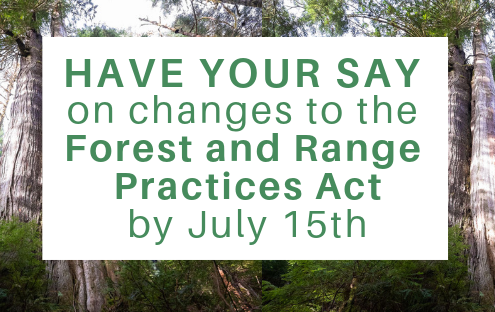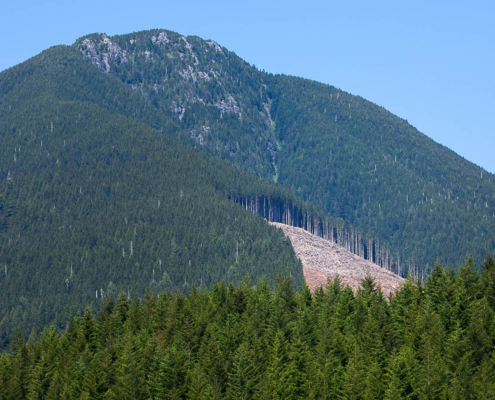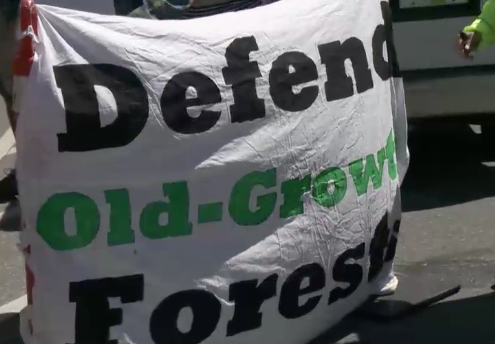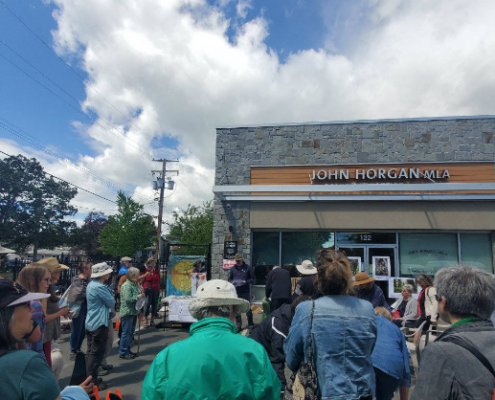
ACTION ALERT: Have Your Say on Changes to BC’s Forest Practices Legislation
Right now, we have a MAJOR opportunity to influence changes to BC's key forest practices legislation to protect endangered old-growth forests! Please SPEAK UP and submit your feedback online before July 15th.
Avatar Grove with BC KAIROS Rolling Justice Bus
The AFA's TJ Watt and forest ecologist Andy MacKinnon joined the BC KAIROS Rolling Justice Bus at Avatar Grove on day one of a four day tour to explore Vancouver Island's most spectacular ancient forests!

ACTION ALERT: Speak up for Ancient Forests. Submit your Feedback on Budget 2020 Before June 28th!
The BC government is seeking recommendations for the 2020 provincial budget until Friday, June 28th. This presents a golden opportunity to request funding for old-growth forest protection! Please submit your feedback (using our prepared submission) today!

New Old-Growth Clearcut Mars the Scenery from the Popular Gordon River Bridge at Avatar Grove
Before-and-after images taken by conservationists with the Ancient Forest Alliance highlight the destructive impacts of recent clearcut logging by the Teal Jones Group on Edinburgh Mountain, a “hotspot” of high conservation, scenic, and recreational value near Port Renfrew on Vancouver Island.

Province-wide rallies to protect old-growth forests
Watch this Global News piece about the day of action for ancient forests where concerned and frustrated British Columbians gathered outside 17 MLA offices across the province to demand protection for endangered old-growth forests and a shift to a sustainable, second-growth industry.

Premier’s office one of 17 rallies across B.C. calling for protection of old-growth forest
Check out this article in the Sooke News Mirror about a province-wide day of action for ancient forests!
